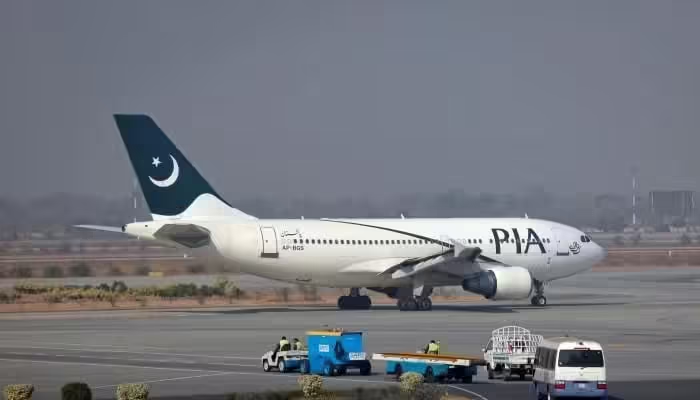In a cautiously optimistic turn, the Ministry of Finance has released its Monthly Economic Update and Outlook, revealing a mix of encouraging and concerning indicators for Pakistan’s economy. According to the report, Fitch Ratings upgraded the country’s economic outlook, while Pakistan posted a $1.9 billion surplus in the current account during the ongoing fiscal year. However, the momentum was slightly dampened by a decline in foreign direct investment (FDI) and a rise in imports, adding complexity to the broader financial picture.
Surplus and Credit Rating Boost
Perhaps the most noteworthy development is the upgrade in Pakistan’s credit rating by Fitch Ratings, signaling growing confidence in the country’s macroeconomic stability and fiscal discipline. This upgrade is a crucial step forward for Pakistan, as it can positively influence investor sentiment and improve access to international credit markets.
At the same time, the report highlights a current account surplus of $1.9 billion, which is a strong indicator of improved trade balance and effective management of external payments. This surplus, achieved despite rising global economic volatility, reflects a significant improvement compared to previous fiscal years when deficits posed major challenges for the government.
Foreign Reserves Climb, But FDI Drops
Another positive trend recorded in the update is the increase in foreign exchange reserves held by the State Bank of Pakistan (SBP). This rise in reserves adds to the country’s economic buffer, enabling better defense against currency volatility and external shocks.
However, the financial outlook is not entirely upbeat. The Ministry of Finance notes a decline in foreign direct investment, which remains a concern for long-term sustainable growth. The drop in FDI could be attributed to both domestic policy uncertainties and global investor caution amid shifting geopolitical and economic dynamics.
Inflation Trends: Warning Signs for June
The report also outlines inflationary pressures that may soon affect Pakistani consumers. According to forecasts, inflation is expected to rise between 3% and 4% in June 2025, following relatively moderate inflation of 1.5% to 2% in the current month. This projected increase could impact purchasing power and the overall cost of living, particularly if food and fuel prices continue their upward trajectory.
Remittances and Trade: A Mixed Bag
One of the most robust pillars supporting the economy continues to be workers’ remittances, which surged by 30.9% year-on-year, reaching $31.21 billion between July 2024 and April 2025. This remarkable rise indicates strong support from overseas Pakistanis, who continue to play a vital role in stabilizing the country’s external accounts.
In terms of trade, exports recorded a 6.8% increase, totaling $27.276 billion over the same ten-month period. While this growth reflects improving demand for Pakistani goods in global markets, the 11.8% increase in imports, amounting to $48.62 billion, highlights the ongoing challenge of managing trade deficits.
The widening gap between exports and imports could put additional pressure on the current account if not offset by continued growth in remittances and other inflows such as development assistance or portfolio investments.
The Road Ahead: Challenges and Opportunities
Overall, the Ministry of Finance’s report presents a nuanced picture of Pakistan’s economic health. On one hand, the Fitch Ratings upgrade, current account surplus, and surging remittances reflect positive momentum and the government’s efforts to stabilize macroeconomic fundamentals. On the other hand, declining FDI, rising inflation, and increasing imports highlight vulnerabilities that must be addressed with proactive policy measures.
To maintain and build on the recent progress, experts recommend that the government focus on:
- Improving the investment climate to attract more FDI
- Enhancing export competitiveness through diversification and innovation
- Implementing measures to curb unnecessary imports
- Keeping inflation under control with targeted subsidies and price management
As Pakistan continues to navigate global economic uncertainties, its ability to sustain these positive trends while managing structural challenges will determine the pace and resilience of its economic recovery.



